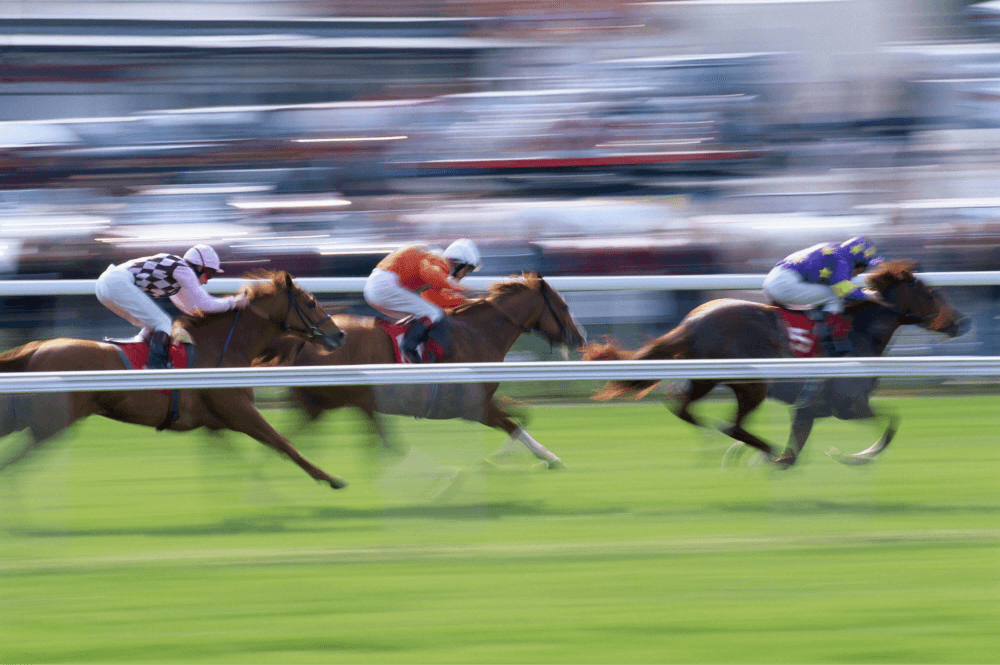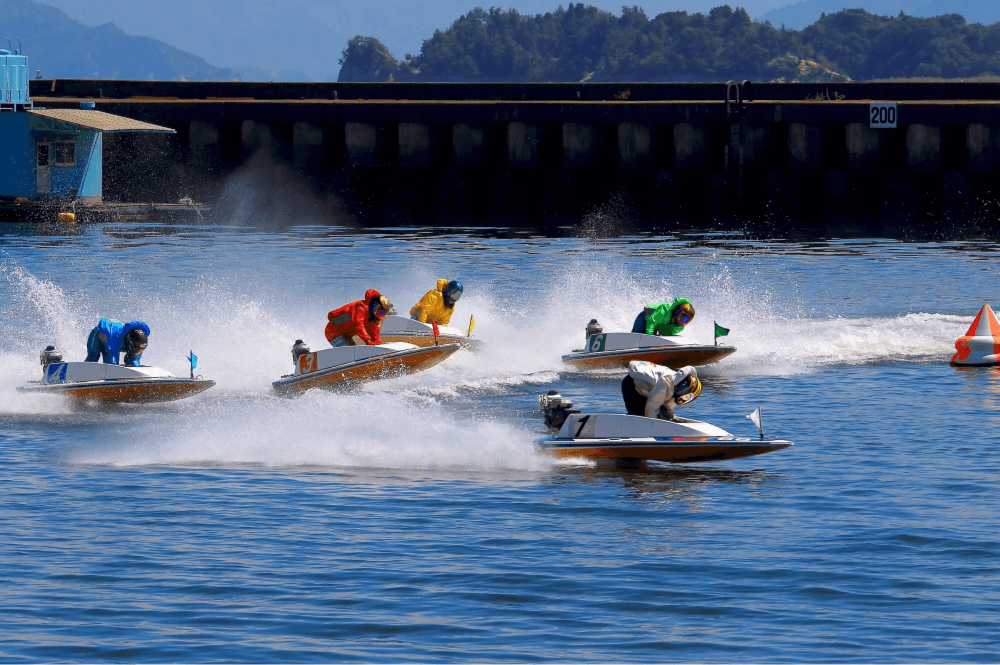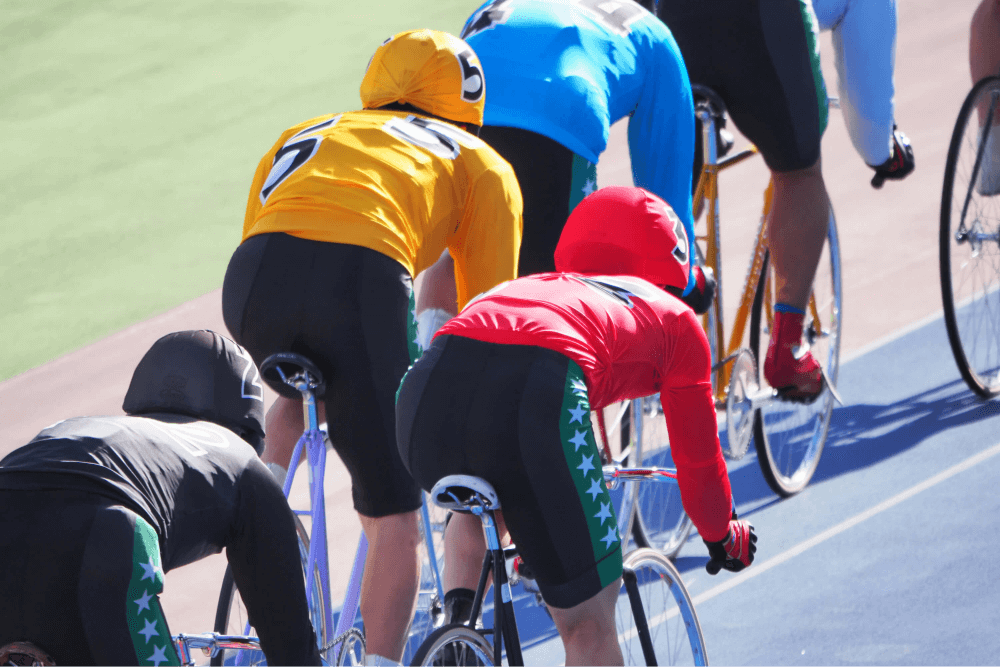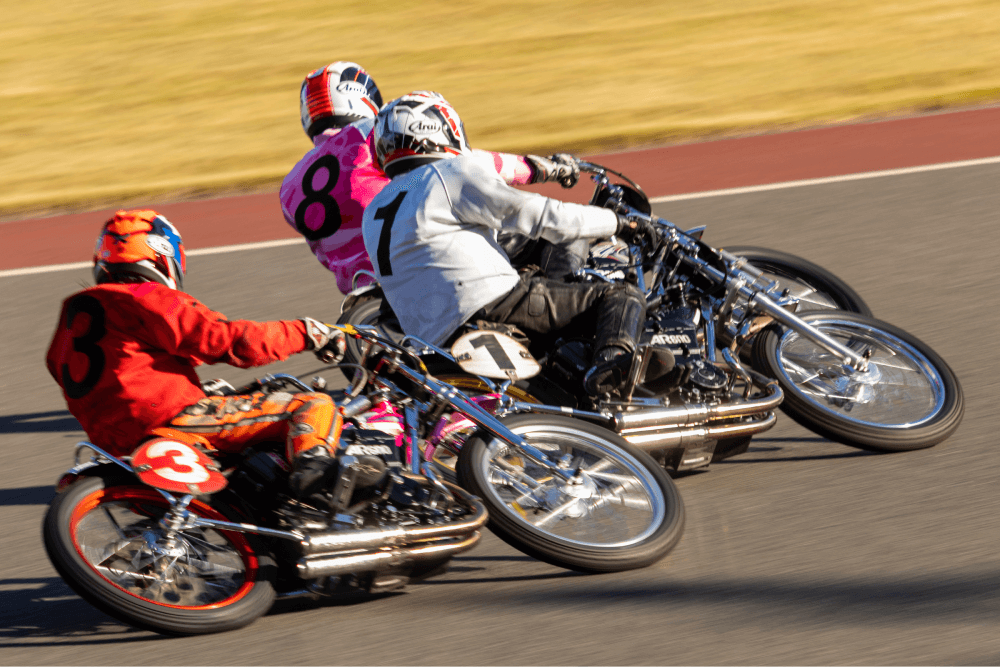Japan is a leader in the global horseracing market, with total turnover valued at over €27 billion in 2012.
There are four types of kōei kyōgi, or publicly managed contests, in Japan.
-
Horse RacingKEIBA
 Horse RacingKEIBA
Horse RacingKEIBAHorse racing is governed by the Japan Racing Association (JRA) and the National Association of Racing (NAR).
The JRA is the semi-governmental corporation that administers and operates national horse racing. It manages 10 racecourses, 25 off-course betting offices (called WINS), as well as several telephone betting systems.
The NAR is also a semi-governmental body, with the responsibility of helping local governments operate regional racing and race meetings. Sharing three of the JRA courses, 25 local governments operate 27 additional racecourses in 20 prefectures, and also manage several telephone betting systems. At 26 off-course facilities, they run pari-mutuel betting, a system in which people bet in pools with the payoffs being split among those betting on the top three winners, minus a fee for management.
-
Boat RacingKYŌTEI
 Boat RacingKYŌTEI
Boat RacingKYŌTEIKyōtei, or boat racing, was introduced in Japan in 1952. A kyōtei race is conducted on man-made lakes with a 600-meter oval-shaped course. Six boats race three laps around the course (1,800 meters). Races are generally over in about two minutes. There are 24 kyōtei courses in Japan.
-
CyclingKEIRIN
 CyclingKEIRIN
CyclingKEIRINKeirin, or professional cycling, began as a betting sport in Japan in 1948. In 1957, the Nihon Jitensha Shinkōkai was founded to establish a uniform system of standards for the domestic sport. Today, keirin racing is regulated by the JKA Foundation.
-
Auto Racing
 Auto Racing
Auto RacingAuto Racing is a Japanese version of motorcycle speedway, but is held on an asphalt. It is also regulated by the JKA Foundation.
